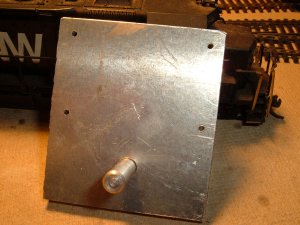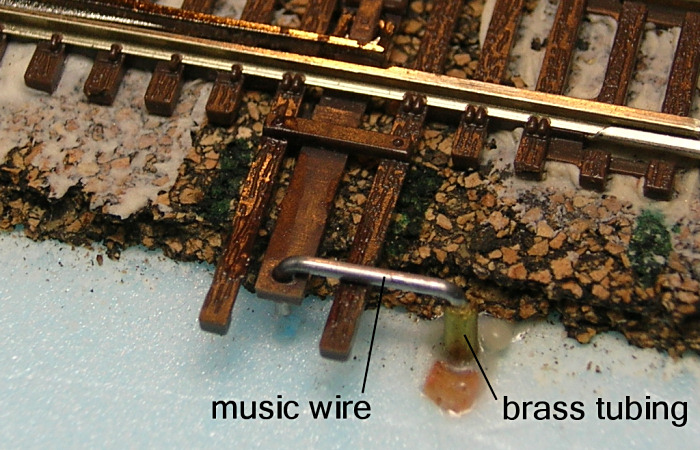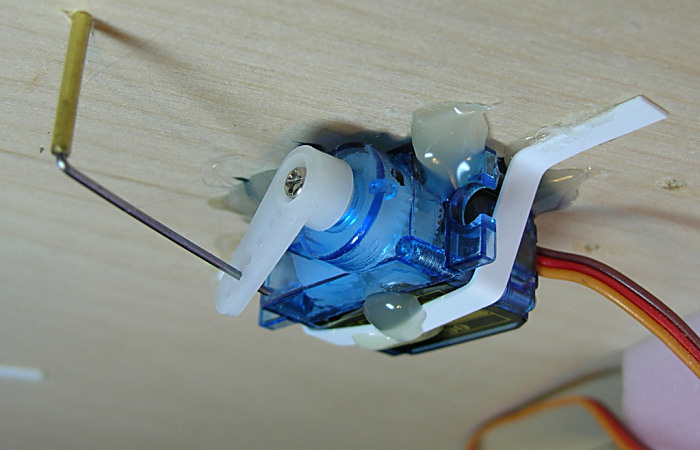Evening all,
I have in touch with the DCC Concept people and it seems as though, despite being more expensive, they have a bigger choice of Switch Machine including their "top of the line" machine that is DCC configured.
In simple terms, their IP Cobalt Digital uses track power for it's power source, can be switched to be used either manually (via a toggle switch) or through the controller, the switch is apart of the machine. The two big pluses for me though are it comes pre-centered, so there isn't any issue with getting the correct tension on the draw bar, and all of the terminals on the machine are spring loaded push in type so no soldering. Additionally, the machine comes with terminals for connecting LED's.
I don't know, but they sound pretty good to me.




